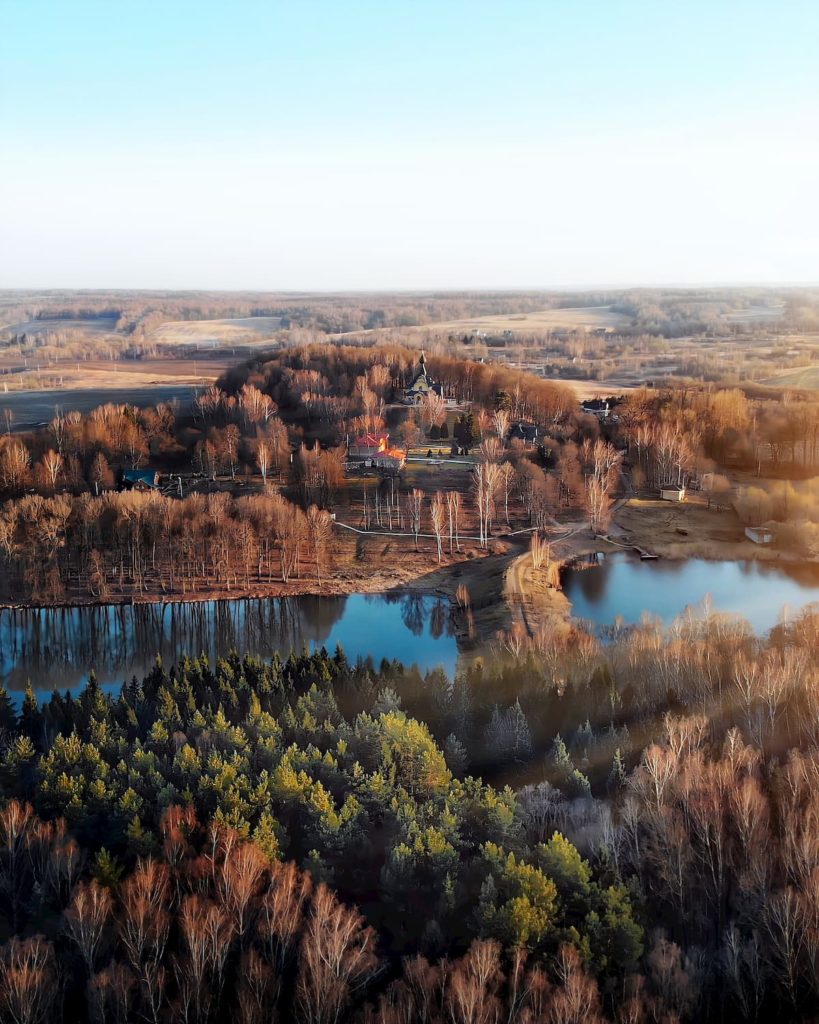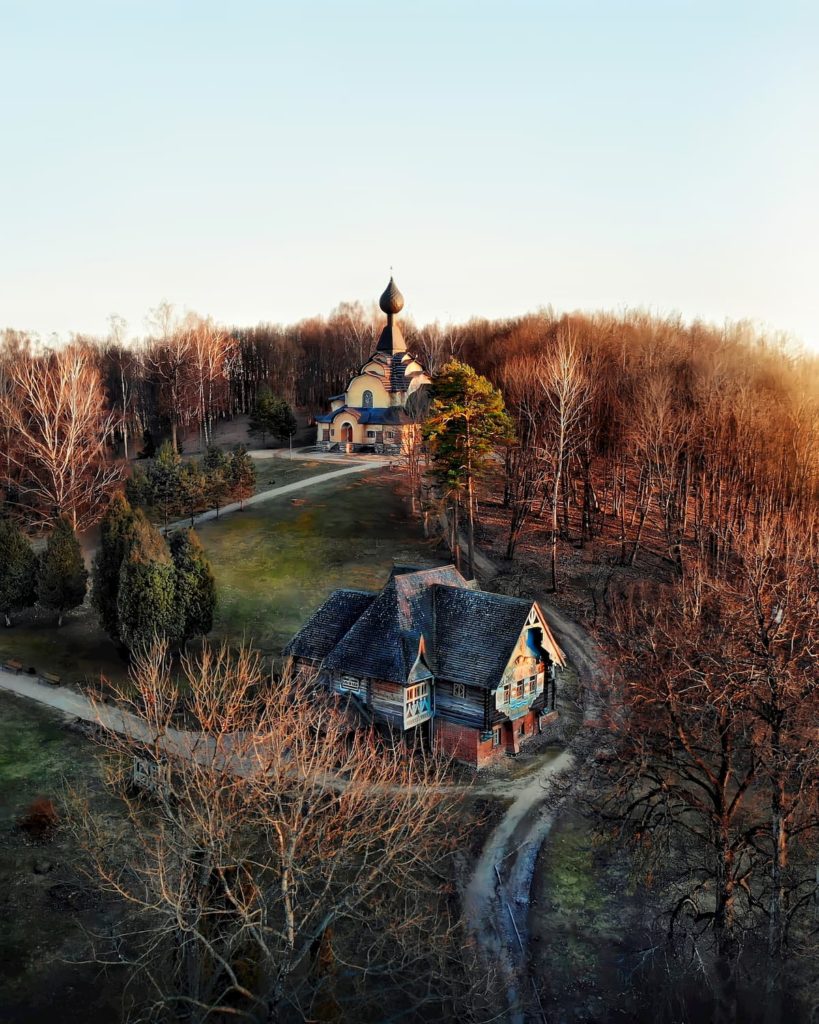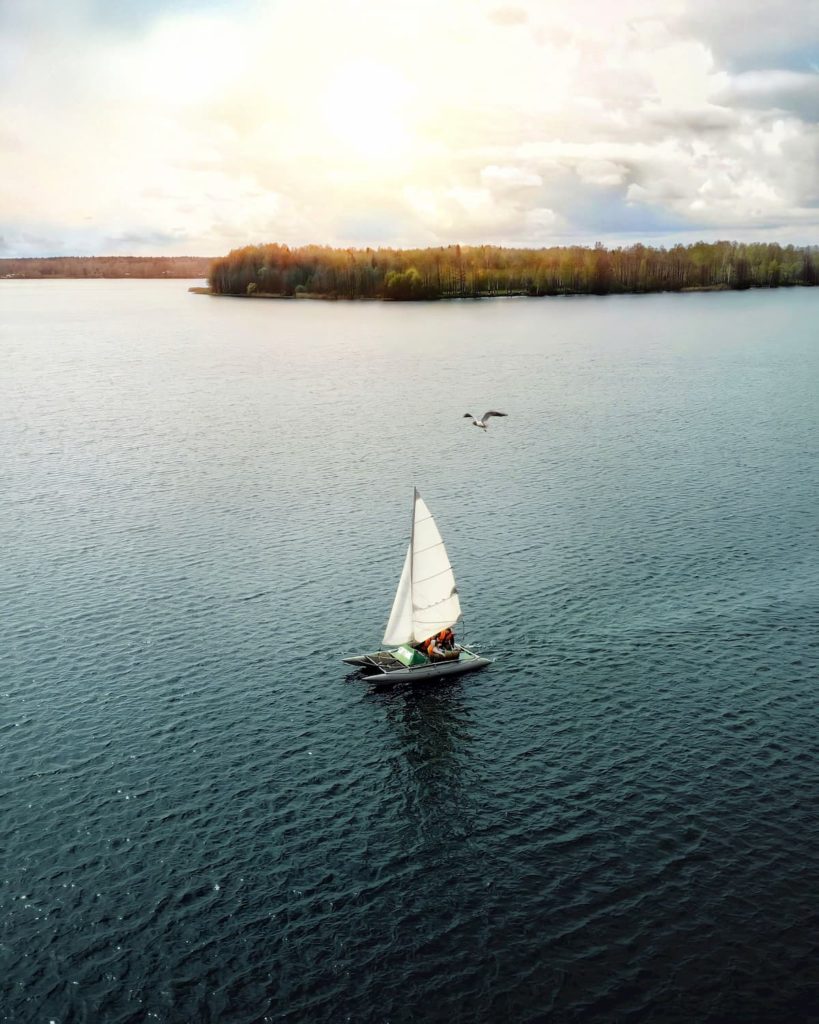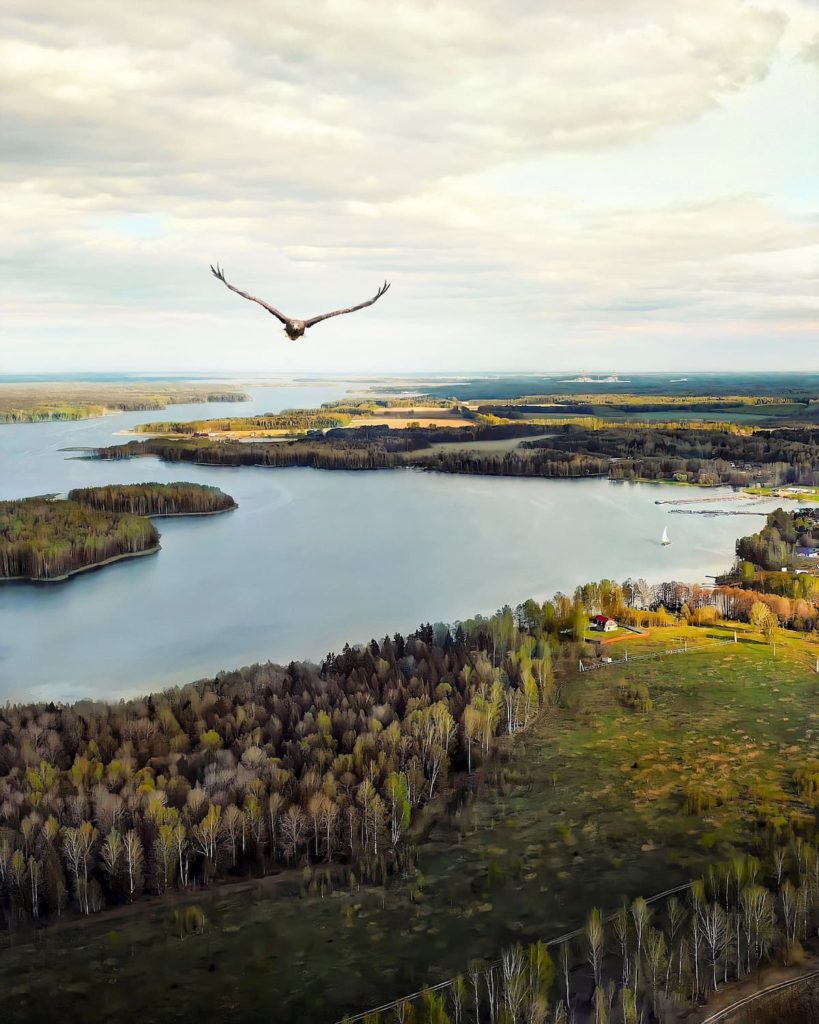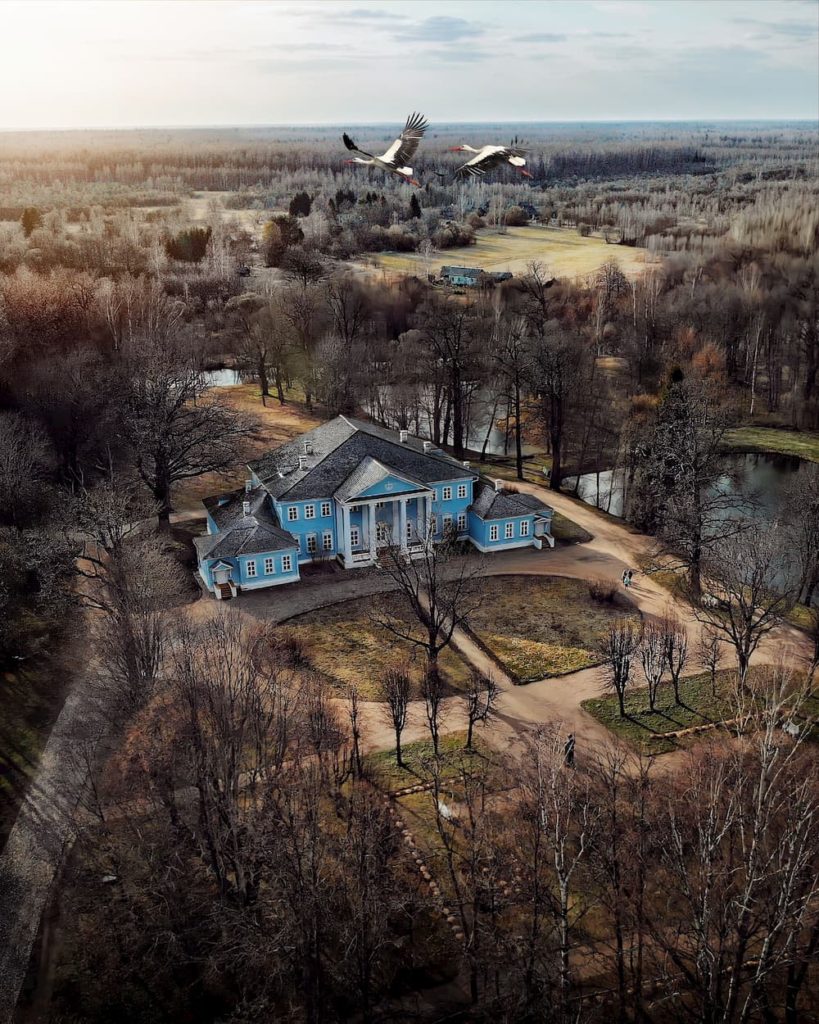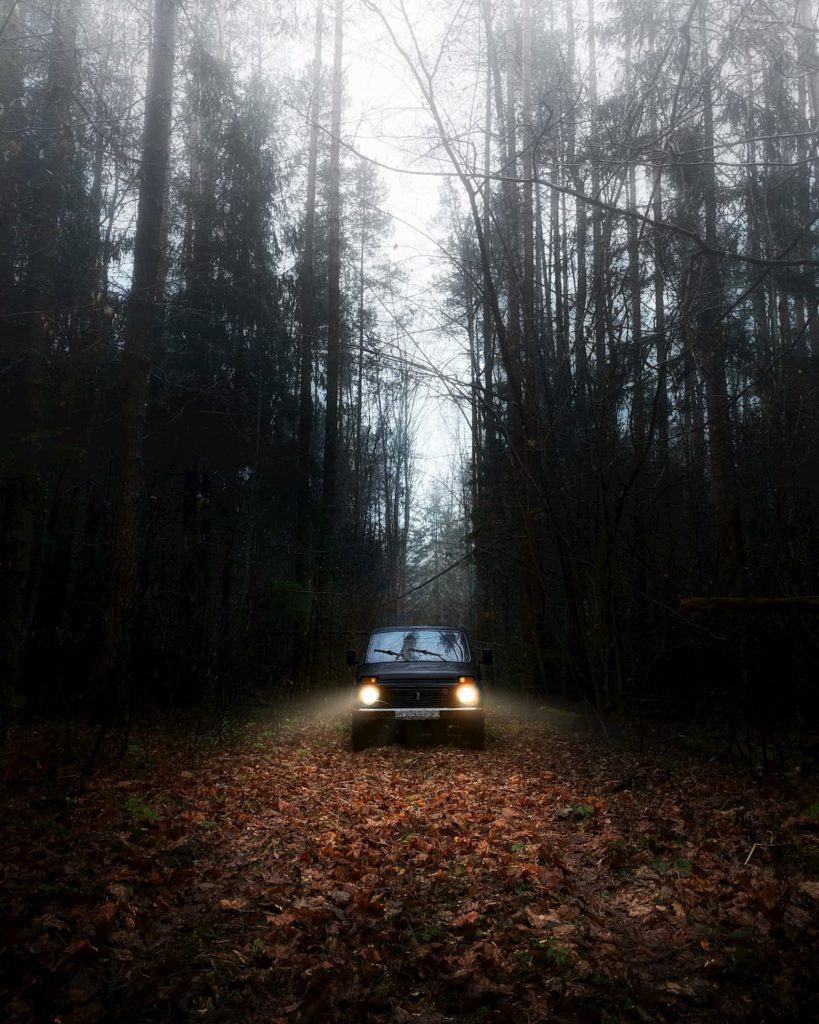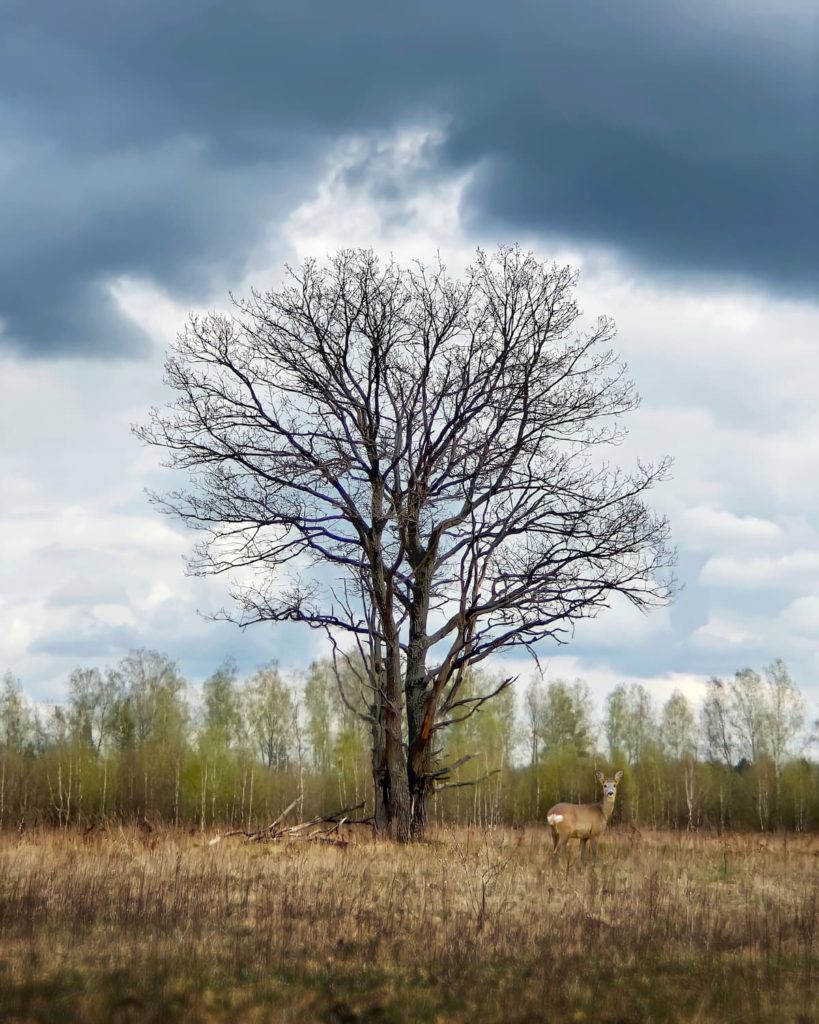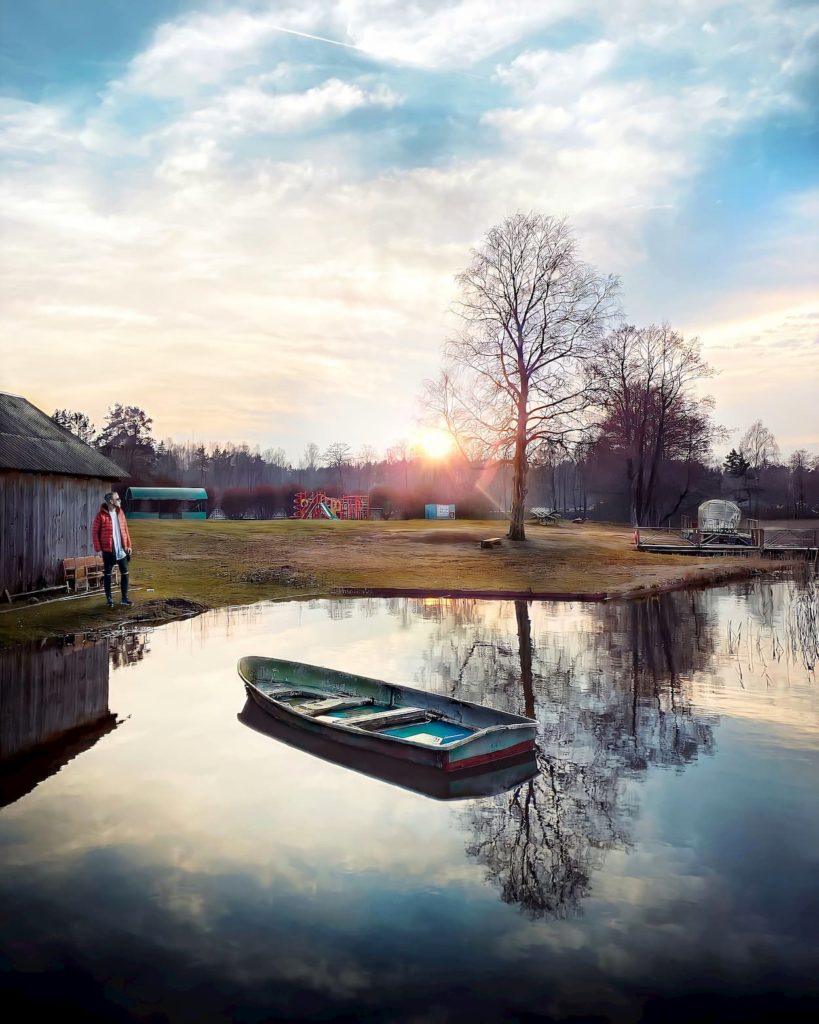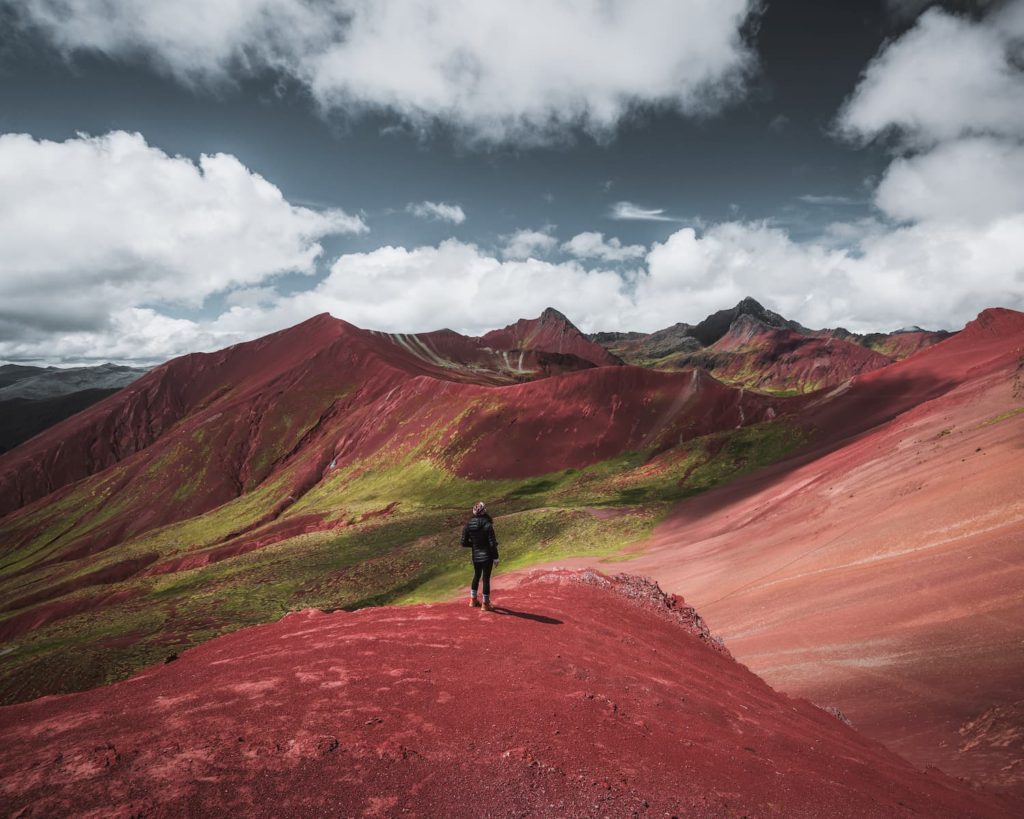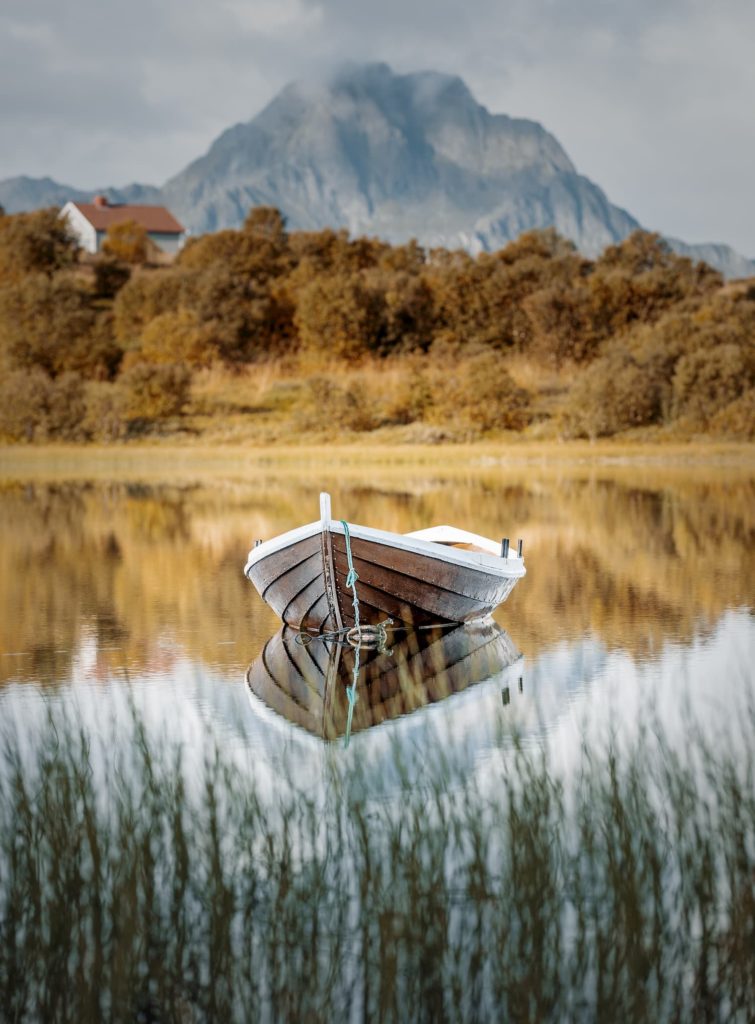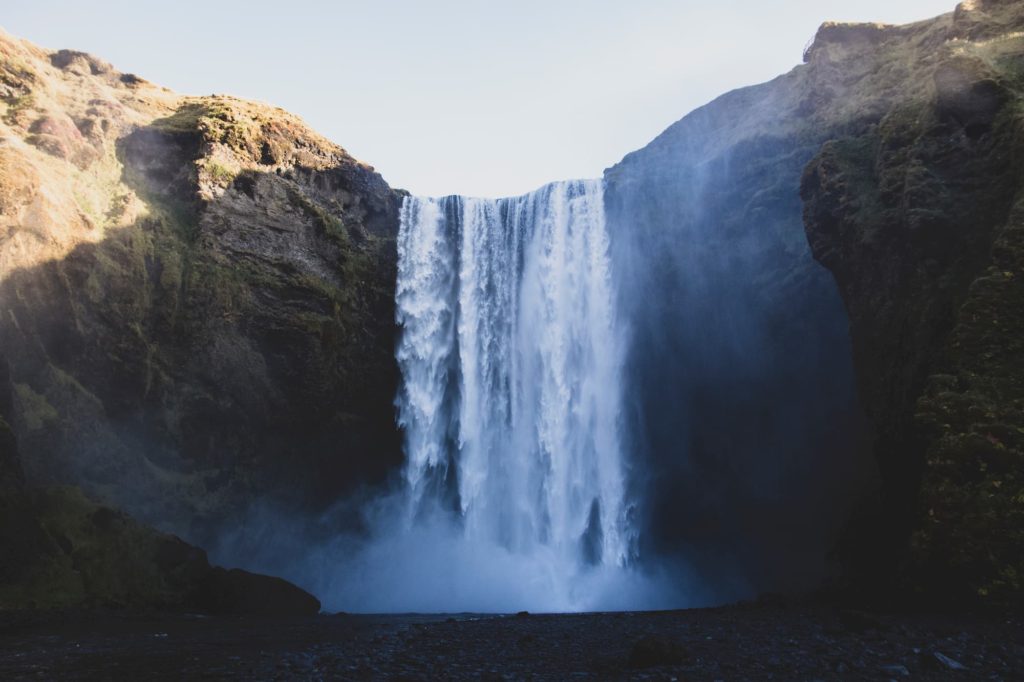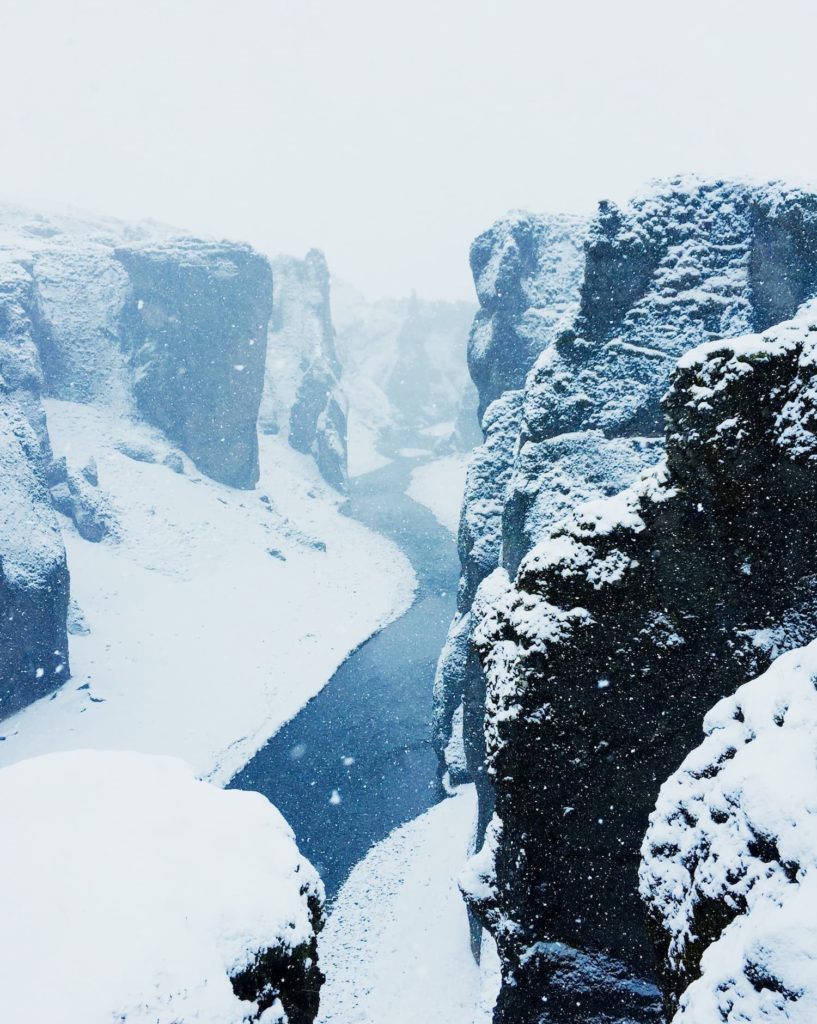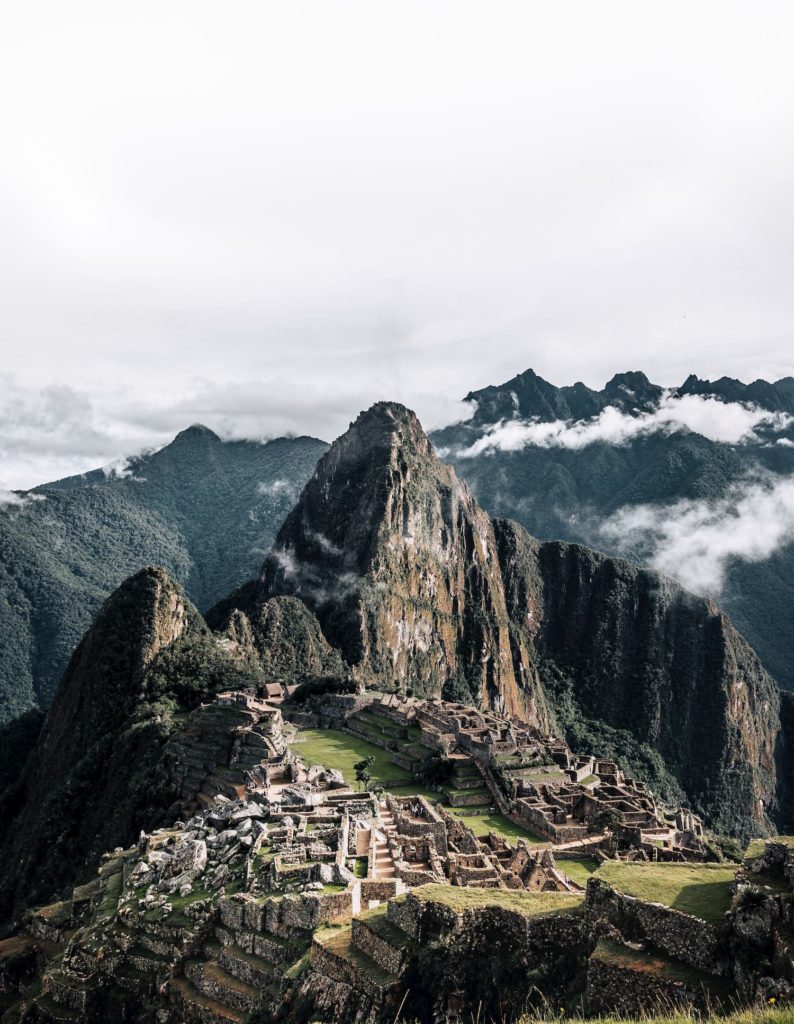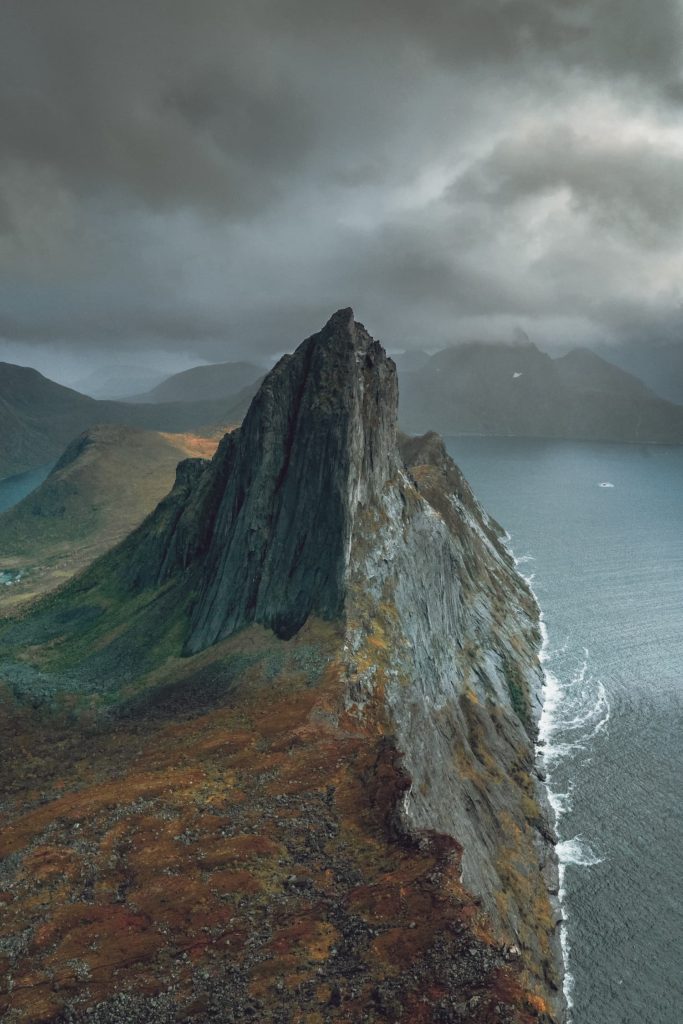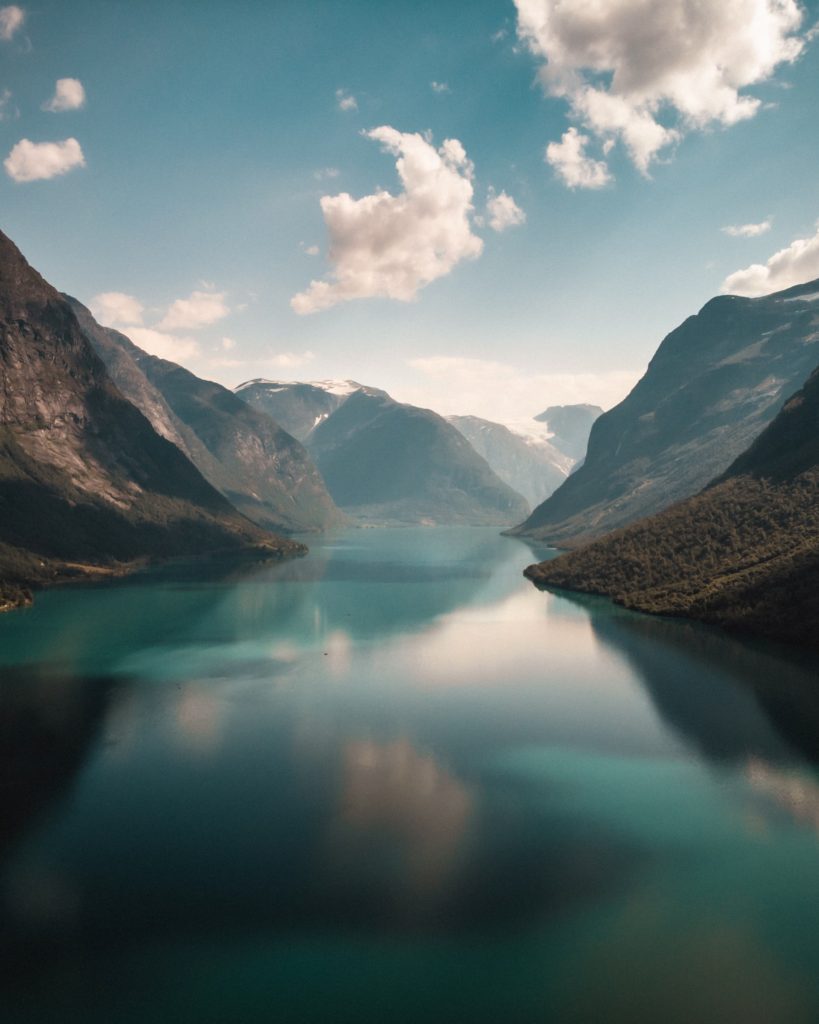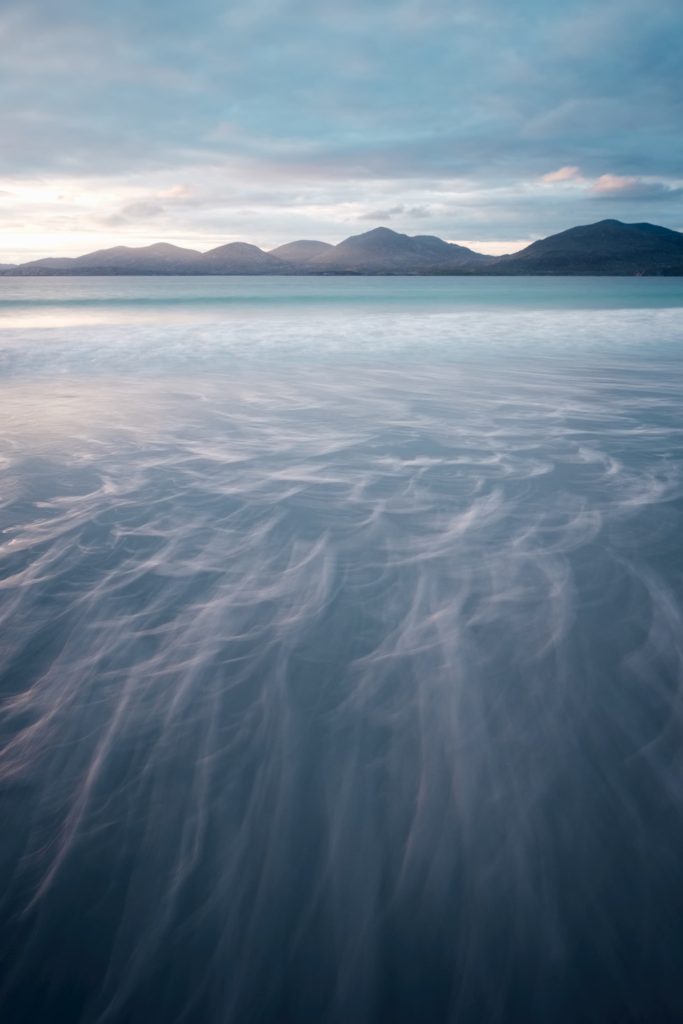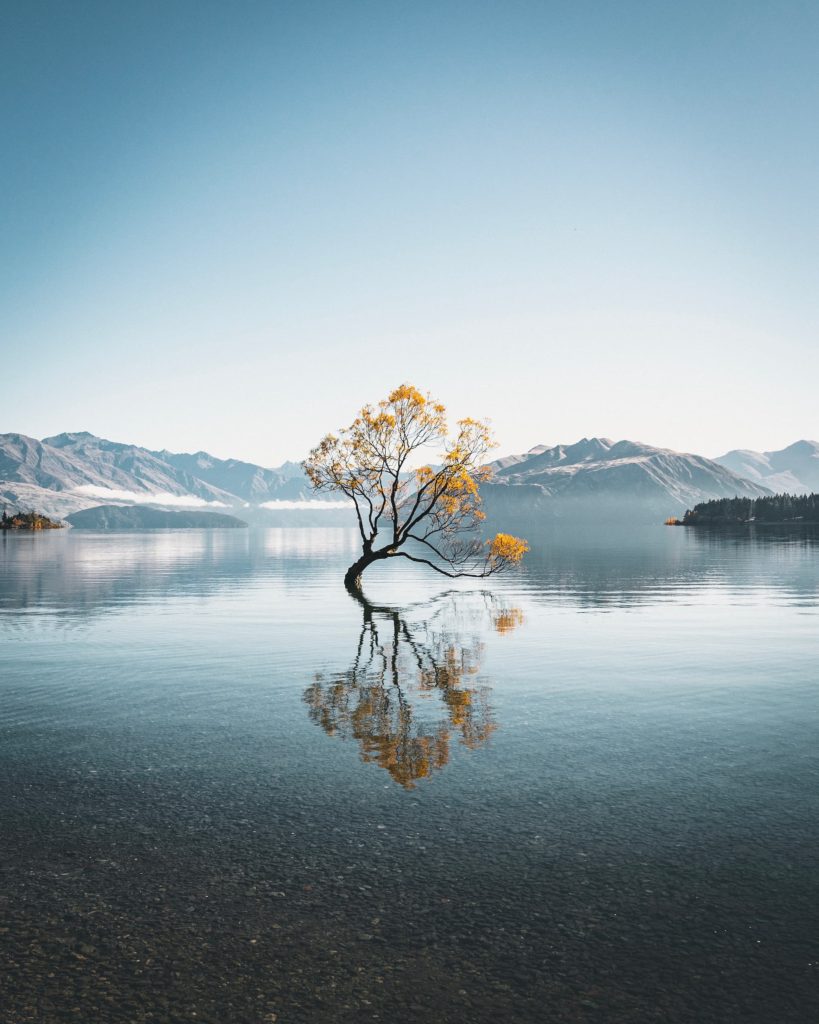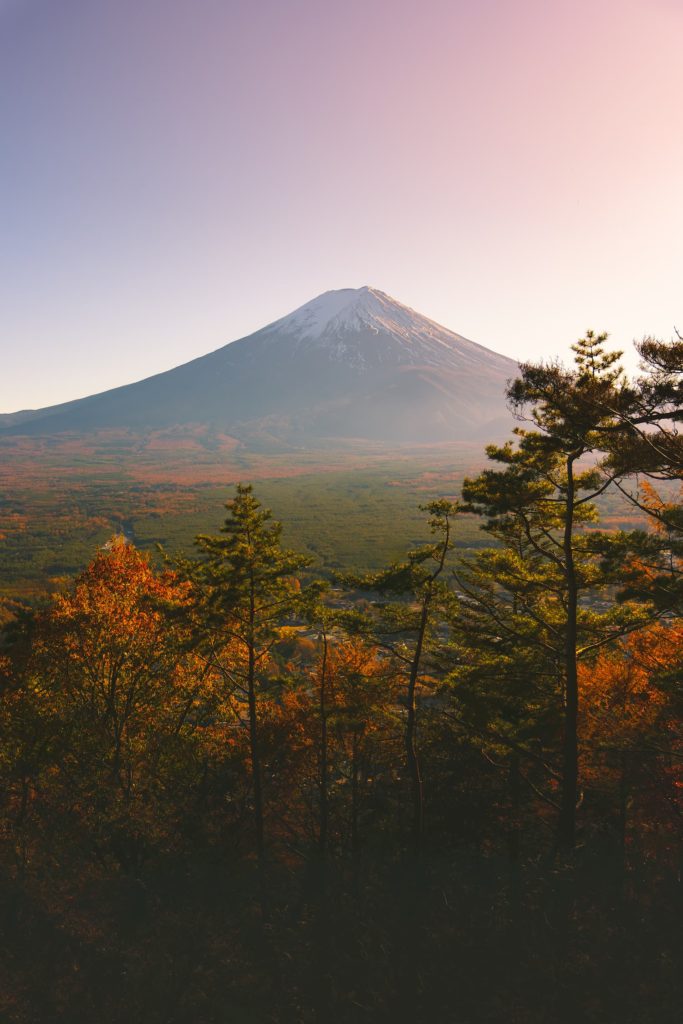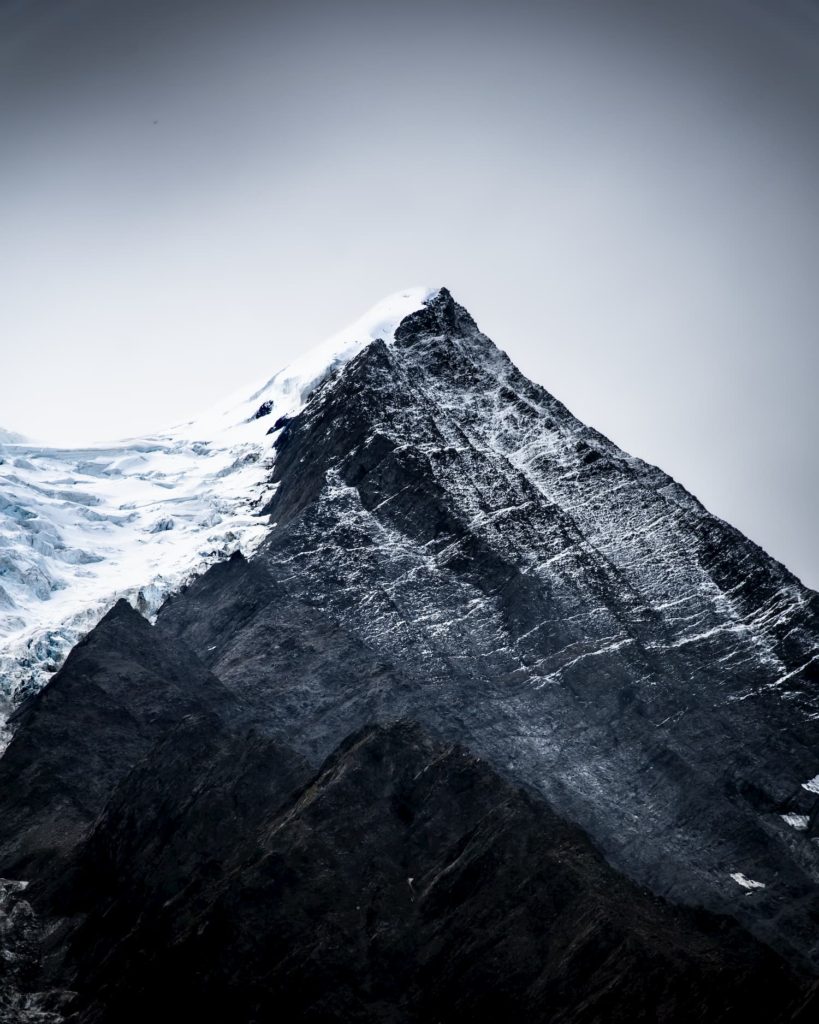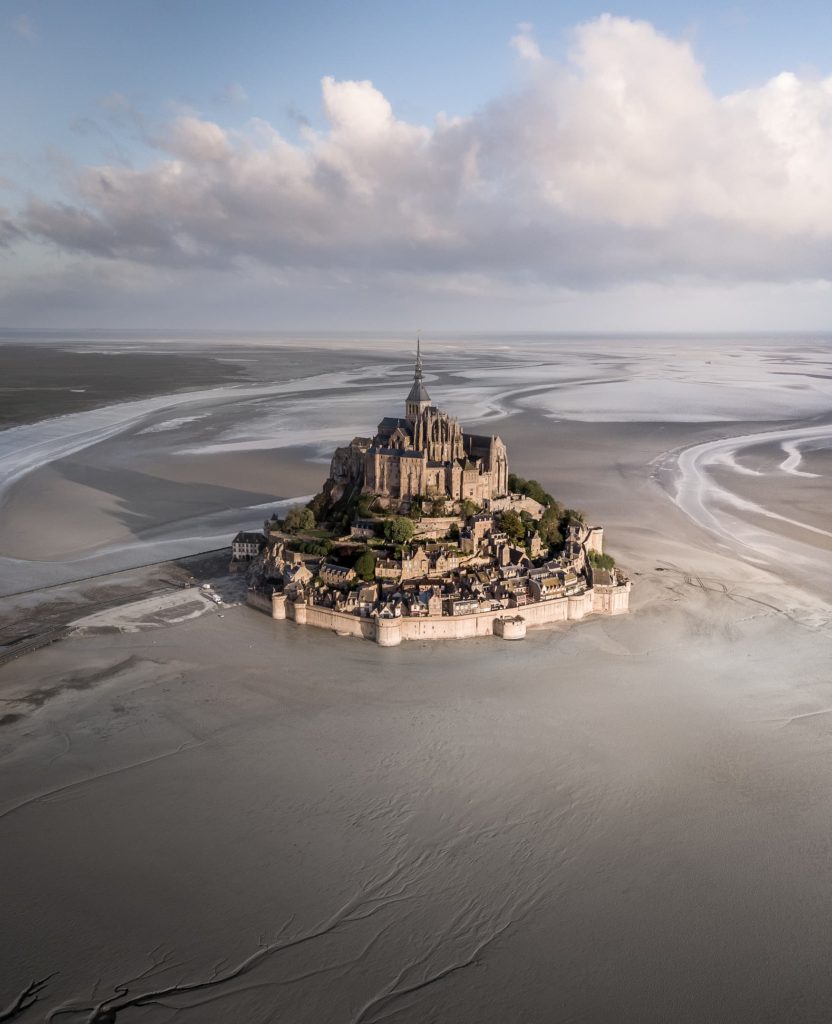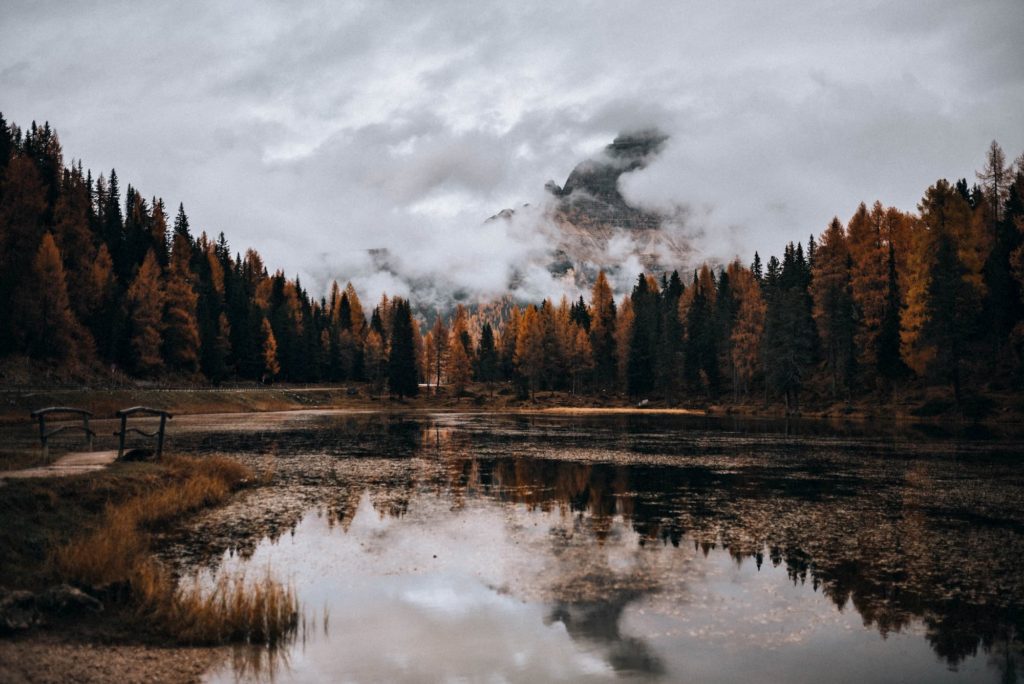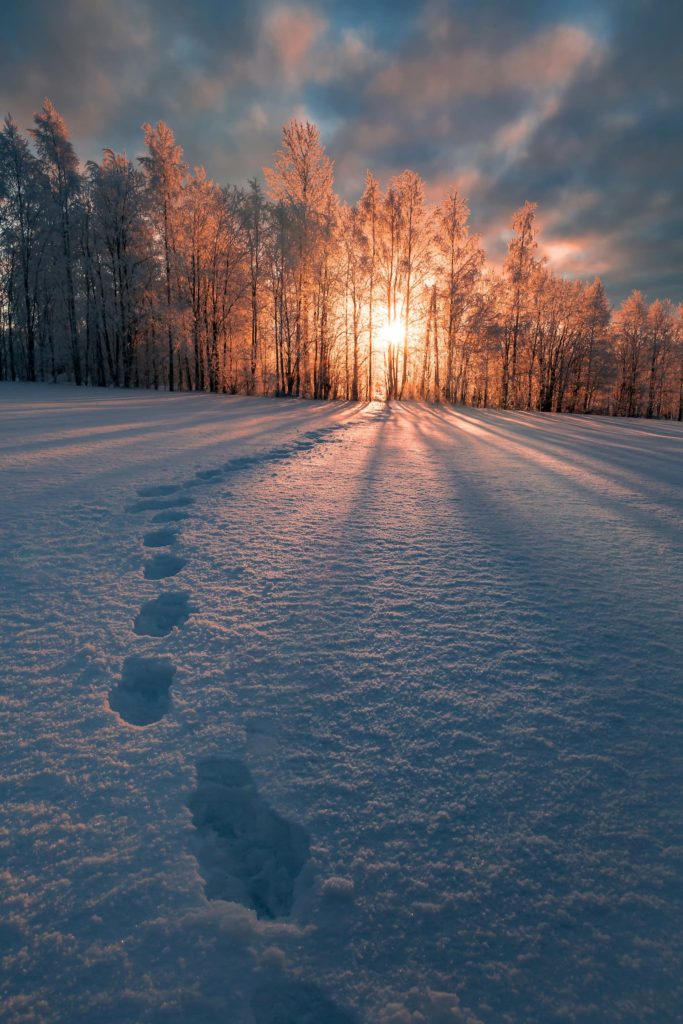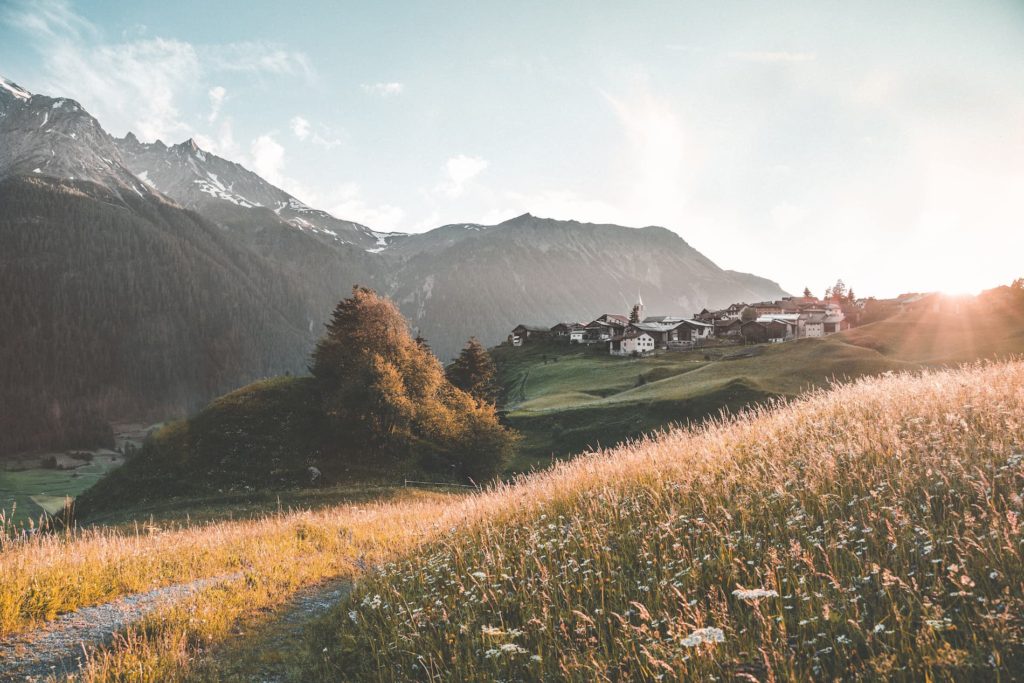
Sergei Prøtasov
@satorp_
Landscape photographer based in Russia
In my childhood, most people had simple cameras of average quality or did not have a camera at all. However, I grew up in a family of artists – my parents had good cameras at the time and they were obsessed with color photography and quality shots. It was in the ’80s. My parents knew all the technical details and, unlike me, they knew how shutter speed differs from exposure, what the aperture is and how to combine it all correctly. They also wanted to make me an artist, or at least to instill and develop a good sense of art in me. They often took me to art in plein air, or we just went far out of town as a family to spend time in nature. My parents also sent me to an art school, where I never learned how to draw well because of my laziness. Nevertheless, in my parents’ opinion, I was in the right environment.
"At the time, I didn't really understand or appreciate it, but now, many years later, I am grateful for it."
By the time I had my own family and children, technological progress had moved forward and DSLR cameras were more advanced and accessible to ordinary amateur photographers – not just to professional photographers, whose pictures always fascinated me when I compared them with what was in my personal photo album. Flipping through magazines or websites with art photos, I saw what beautiful pictures could be obtained with modern cameras. I believed that this result was achieved solely due to the quality of the cameras themselves. Therefore, I decided to buy a DSLR camera, which – I believed – would fill my family album with beautiful and magical photos… That didn’t happen. The images were either not sharp, too dark, or with too much light. I thought that I just needed to press the shutter button and that the camera itself would make photos beautiful. My family used to make jokes about that, because with the camera ready in my hands, I looked like a cool photographer having a fancy camera, while the family album continued to be filled with photos of average quality.
Some of my friends advised me to learn how to edit in Lightroom – I quickly learned how to work with the parameters but all the photos I edited still didn’t please me. After editing, the photos looked lifeless, synthetic, artificial. So I began to study why this was happening and realized that I was simply illiterate in technical matters and that the stock lens of my camera could not give a good result. I bought new lenses but the result still left much to be desired. Thus, I patiently continued to study the theory of the technical side of photography – my head was a mess of words: aperture, exposure, shutter speed, focal length, depth of field, frame composition… The latter was specifically a thing that I didn’t get yet. I was choosing the wrong framing and compositions to correctly demonstrate the beauty of a place. When I realized that, I changed my approach to it and my photos began to please me much more than before.
"And when I started to master and understand the technical side and gave up the auto mode, my pictures began to turn out even better, and the love for photography overwhelmed me completely."
"One day, I thought that my path as a photographer had been interrupted. My eldest son went to study Design and he needed a camera for his studies. I gave him my camera - at that time there was no money available to buy a new camera."
I decided to continue with photography myself by using my smartphone – a whole new learning process opened up and felt like I had to start from the beginning… Turning my sadness into dedication, I started learning about how to shoot with a phone by watching videos, followed phone photographers and downloaded different apps for mobile editing. When I edit my photos, the first thing I pursue is that the photo is alive and natural, that it would be similar to how the human eye sees it. I try to make sure that the colors are close to natural but, at the same time, enhance the photo and convey a mood or emotion. I see myself as a novice amateur photographer and obtain ideas from professional photographers and videographers for my editing. I do not copy, but I aim to combine what I learn from their photos and videos with what I learn from the editing applications.
"I always discover something new; it makes me feel like a child that is impatient to play with a new toy."
Trying things out doesn’t always make the edit more beautiful and sometimes I regret the editing, but I can always start over and at least I have learnt how certain tools work and what type of modifications they produce. I have one main rule when editing photos: “What is shown in the photo should not look worse than how it looked like at the moment I saw it in real.” Whether you use a phone or expensive gear, I think it is utterly important to process a photo having a balance between contrast, sharpness, saturation, HDR, and so on.
In my profile, I often share photos with the example before and after editing. A raw photo will hardly show what your eyes saw in real, so I try to edit them according to what I have seen and I share both. I believe that this approach makes my account a little more interesting for friends and followers. I receive a lot of positive feedback and see in the comments that people enjoy seeing the before and after, the work behind the result.
"The photos I share can be taken anywhere. I believe that there are no non-photogenic places, but I do believe that we have an underdeveloped and inexperienced eye for what surrounds us."
A place may be suitable for a particular style of the photographer, but there is always something photogenic to be found. With the right light and composition and framing, everything can turn into something interesting and beautiful to photograph. I think that is the core objective or talent of a photographer; finding the beauty and emphasizing it by capturing it the right way. It is not a problem to find something to shoot, the question is how to shoot it.
"I'm from Russia; I live in the European part of Russia and was born in Western Siberia, where I spent most of my childhood and teenage years."
I wish I was interested in photography at that time, the nature there is amazing. We have a very large country – several times in my life I have crossed half of Russia from Siberia to Moscow by train or from Murmansk to the Black Sea by car. It is surprisingly interesting when you look through the window; simply observing how nature and the landscapes change in a few hours. I have never been to the far East, Sakhalin or Kamchatka for example, but I see a lot of beautiful photos taken in those places. Through photographs of others I see the beauty of places I have never been and I dream of visiting them at least once in my life. Until that is possible, I try to focus on the beauty within my own region even though it may not be the most outstanding place when it comes to beautiful nature.
"We often see the beauty of others, of what is far away, and forget to look at what we have ourselves and what we are surrounded with."
So I try to challenge my own eyes and mind to see the beauty within what is so common and normal to me. I want to show through my photos the diversity of beauty we have in Russia, our huge country. It makes me feel happy to be able to show to someone who lives on the other side of Russia or the other side of the world, the nature and cities that can be found over here.
Besides my hobby I have a job that I love, nothing related to creativity or travel. Therefore my passion for photography remains a hobby. However, I am a perfectionist and subject myself to serious self criticism. Although it helps me to improve, I have to remind myself to keep the balance and see my photos as a result obtained by a hobby photographer. You cannot evaluate yourself by professional photography standards if you are not a professional photographer and don’t have the time or ambition to be or become one.
"The most important to me is that I like my photos, that I feel something when looking at them and bring me back memories."
When I was writing my story down and selecting photos, I started to think about different travels I made and precious moments in my life. I felt like I couldn’t remember specific moments at first because there are so many. Then, I fell into a deep coma of memories I made thorough my life. My body was filled with a feeling of gratitude. I wish I could relive my whole life, having an Iphone, a set of lenses and light filters for mobile photography, my laptop and Mavic Air from the very beginning. I would capture each moment as best as possible, not just photographing a tree or a view, but photographing and editing it in a way that it captures my feelings, my memories. It would be my diary explaining all that’s going on within and around me, without words.
"I cannot go back, but I can do it today and the days to come. I want to use the full potential of mobile photography and create my personal visual diary."
Would you like content like this sent to your inbox?
MUST READ STORIES OF APRIL
MUST READ STORIES OF MARCH
MUST READ STORIES OF FEBRUARY
MUST READ STORIES OF JANUARY
NOMADICT
ART GALLERY
THE LATEST STORIES
WRITEN WITH PASSION TO INSPIRE YOU

Photo tour in Azores, Portugal
Join us in the Azores for a unique photo tour, where you’ll elevate your creative skills with expert guidance from Ronald Soethje, Bruno Ázera, and Nomadict.

Forest Kai (@forest1kai): Photographer based in the US
In this article, Forest shares how years of chasing scale, silence, and raw landscapes shaped his approach to photography, from the deserts of Kazakhstan to the volcanic ridges of Iceland. He talks about how he uses light, texture, and vast negative space to create images that feel both intimate and overwhelming.

Simon Hechtbauer (@roamwithsimon): Best of the Week 32 at #nomadict
Simon shares the journey behind his photography, from early inspirations to field techniques, editing, and the story of the winning shot that shaped his path.

Miroslav Maršík (@miromarsik): Photographer based in Czech Republic
In this article, Miro shares how his love for cinematic music evolved into a deep passion for photography and how he uses light, color, and atmosphere to turn the streets of Prague into living film scenes.

Aurora photography panorama workflow: A guide to camera settings, editing, and color
In this article, Stefanie reveals how her background in physics sparked her passion for astrophotography and how she blends science with creativity to capture the beauty of the night sky. Readers will discover her approach to color, contrast, and editing, as well as her aurora photography workflow.

Yhabril (@yhabril): Best of the Week 33 at #nomadict
Spanish photographer Yhabril captures the profound connection between humans and the mountains that shaped him. Growing up in the Pyrenees, his work bridges outdoor sports, landscapes, and celestial scenes — often blending athletes, moonlight, and wilderness into striking visual stories.

Ariane Totzke (@besondersschwierig): Photographer based in Switzerland
In this article, Ariane shares how photography helped her navigate personal challenges, connect authentically with people and animals, and develop a philosophy rooted in empathy and artistic freedom. Readers will also discover her ethical approach to wildlife photography and her trusted equipment for both camouflage techniques and cameras.
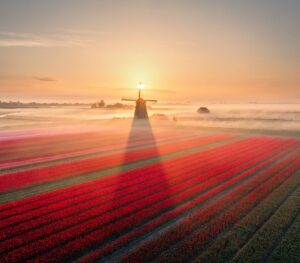
How to photograph Dutch tulip fields: A guide to light, gear, composition, and colors
Discover how to photograph Dutch tulip fields in their most magical light. From choosing the right gear and lenses to mastering composition, color, and aerial perspectives, this guide shares creative techniques to capture the beauty of the Netherlands’ tulips. Learn how light, color grading, and proportion bring emotion into every frame.
